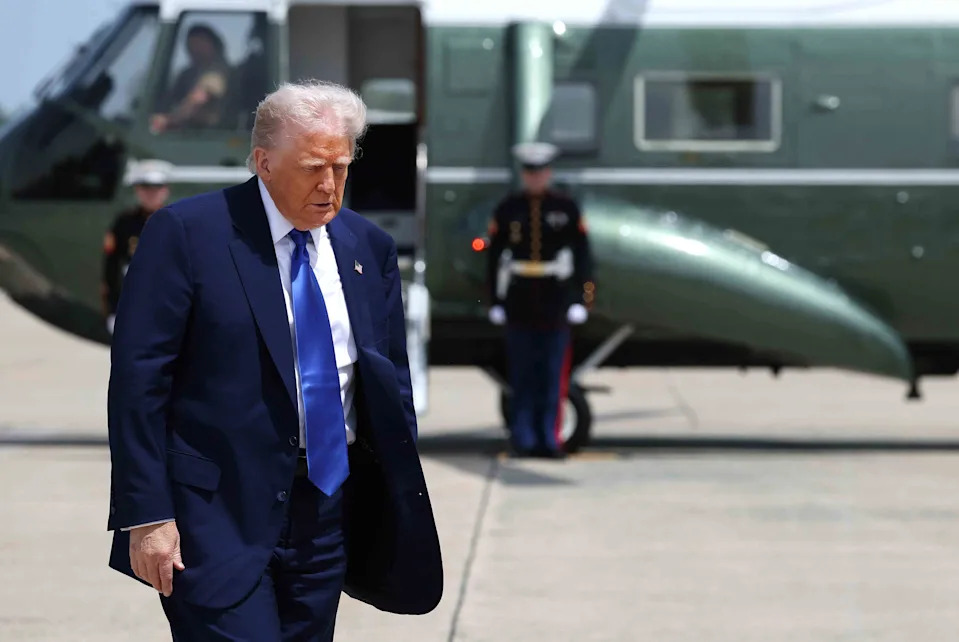News
Recession Fears Fade After Tariff Agreement With China

Key Takeaways
Several forecasters downgraded the predicted chances of a recession after Monday's trade truce between the U.S. and China, but the economy isn't out of the woods just yet.
Economic forecasts looked sunnier Monday afternoon as economists calculated the impact of the deal, in which President Donald Trump
agreed to lower tariffs against China to 30%
from 145% for 90 days while the two countries negotiate further. China is lowering its own tariffs against U.S. products in return.
As a result, according to Oxford Economics, the chances of a recession in the next year fell to 35% from more than 50%, for example.
"Together, the recent climb down in trade tensions with China...reduces risks of a recession and a sharper deterioration in the labor market," Matthew Luzzetti, chief economist at Deutsche Bank, wrote in a commentary.
Forecasters also dialed back their expectations for inflation. Consumer prices will likely accelerate 3.4% over the year in the fourth quarter, compared to a forecast of 4% before the agreement was announced, Kathy Bostjancic, chief economist at Nationwide, wrote in a commentary.
The deal takes some of the sting out of tariffs for consumers and businesses. Economists expect merchants to pass most of the cost of the import taxes on to consumers, pushing up inflation, discouraging consumer spending, and raising the chances of the economy nosediving.
"Both sides are feeling economic pain from tariffs and that a climbdown was mutually beneficial," wrote James Knightley, chief economist at ING, in an email. "U.S. consumers were clearly worried about higher prices eating into their spending power, while the falls in equity markets were also hurting sentiment."
While Recession Risks Fade, There Could Still Be Economic Effects
While Monday's deal defused some of those risks, forecasters still expect tariffs to drag on the economy and push up inflation, just to a lesser extent than before.
Despite the drawdown, high tariffs on multiple countries remain, including a 30% tariff on China , a 10% global tariff on most imports, and 25% tariffs on some metals and automobiles.
Economists at the Yale Budget Lab estimated that the agreement between China and the U.S. reduced the negative effects of the tariffs by 40%. They projected that the remaining tariffs would cost the typical family $2,800 in the short run, down from around $4,000 previously.
Another lingering drag on the economy is the
uncertainty created by frequent on-again, off-again tariff
and trade announcements, which have forced some businesses to delay investment and hiring plans until the dust settles.
"Elevated levels of uncertainty are likely to remain—the upshot of the volatile policymaking process of the Trump Administration—hence, some growth slowdown will be unavoidable," Luzzetti wrote.
While striking trade deals and lowering tariffs relieve some pressure on the economy, they could also undermine several of Trump's stated goals for imposing the tariffs.
"'Big beautiful tariffs' were meant to incentivize reshoring of economic activity to the U.S. while raising trillions of dollars of tax revenue to finance tax cuts. A scaled-down 30% tariff will likely mean that most production remains cheaper in China than reshoring that production to the U.S.," Knightley wrote.
Read the original article on Investopedia

